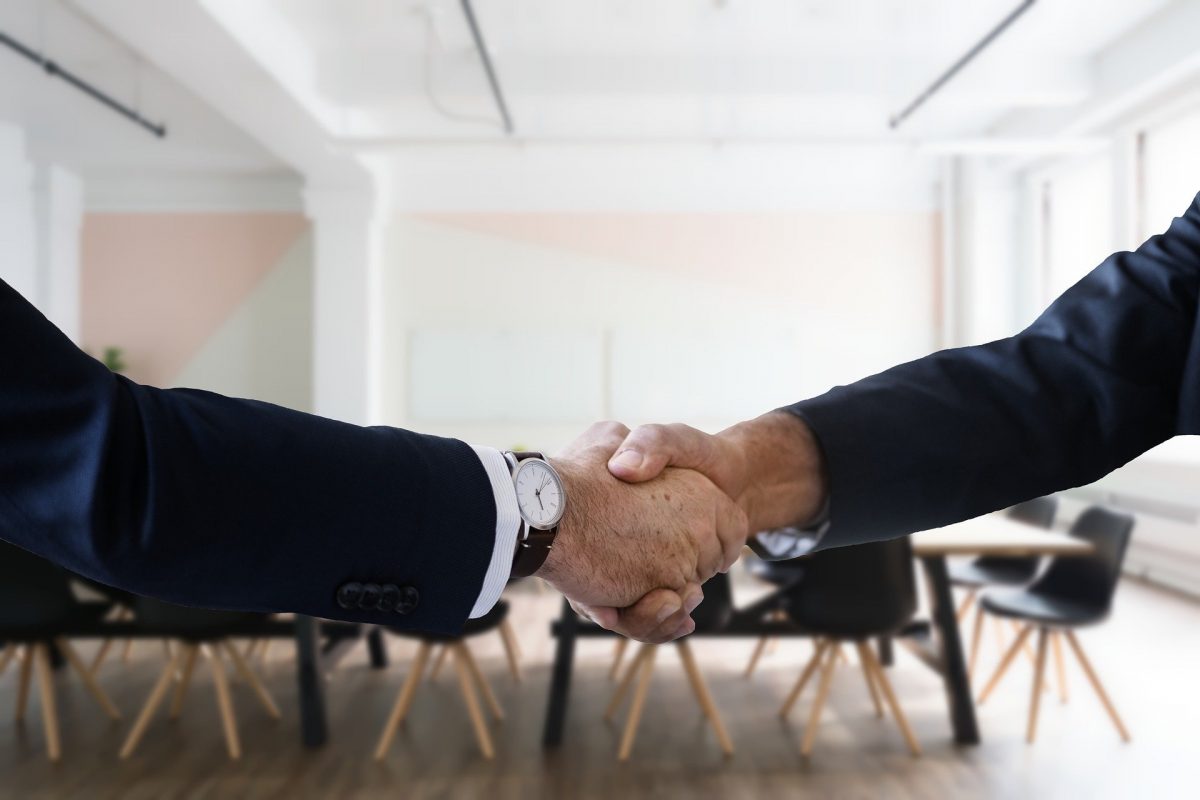We need proof.
How many emails, written articles, blog posts, letters and so on, do you receive that are 100% spelt correctly or read well? For me it is far too few.
Almost every written contact I receive, or publication I read, has some form of mistake on it. I’m afraid I find this very frustrating because it takes just a few minutes, sometimes just seconds, to proof-read your own work. Normally I would suggest arranging for someone else to proof-read it, but of late, the mistakes have been so bad that the author could not have failed to spot them if they had only bothered to read them through before sending.
Generally, I will not buy from a company that is so unprofessional that it fails to read what it has written before sending it to customers or prospects. How can I recommend them to others if I know they don’t take care to check what they are saying?

Normally, I regard this as just lazy and unprofessional, but, since lockdown I’m afraid it has become worse. We are all human and we all make mistakes, but very few should get passed a quick read-through. None should get through if it is professionally proof-read.
The last straw for me came when I received a letter from the funeral directors we had commissioned. In the first half of the letter it referred to my Mother who had sadly passed away. Later in the email it twice referred to my Father instead of my Mother. I politely pointed this out. Their response was to say ‘I have not attached the amended letter’.
Aaagh! Clearly he meant ‘I have now attached the amended letter’, but he had not re-read that one either. His letter and response would have upset some people.
I sent him a polite email pointing out that perhaps proof-reading was not one of his strengths. He did not bother to respond. You cannot help but wonder, where else they are less than professional.
Will I recommend them? Probably not.
Stay professional!
Stay safe.



